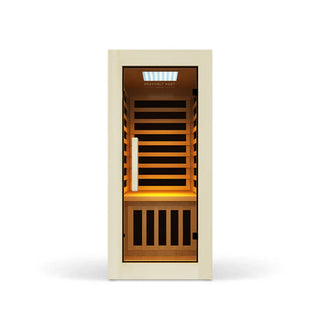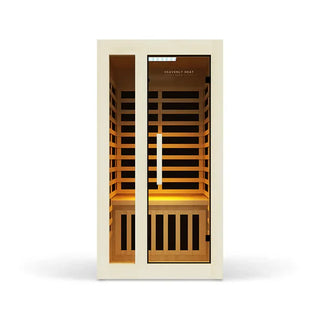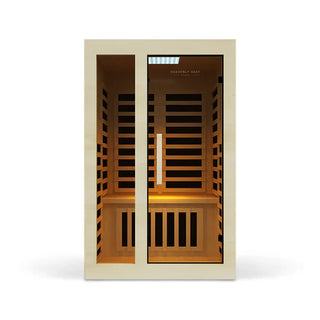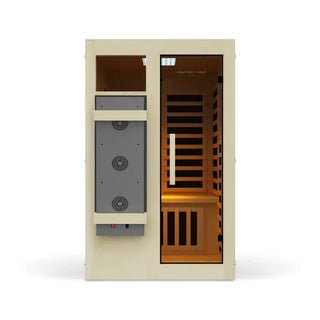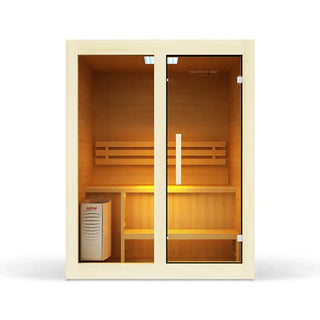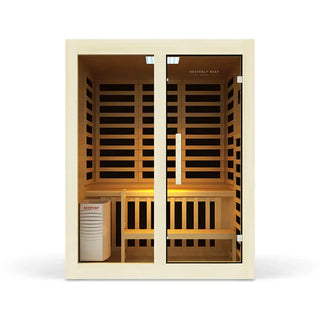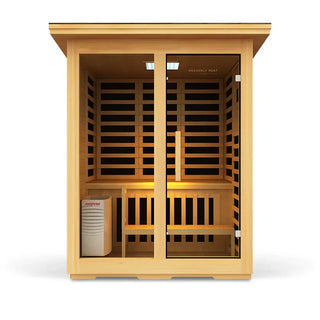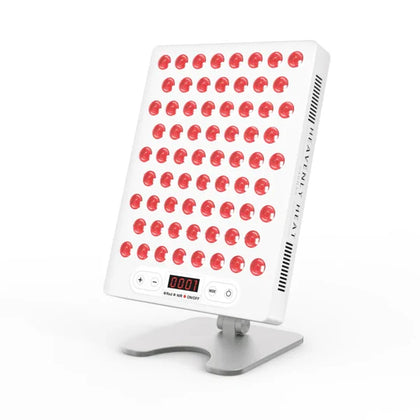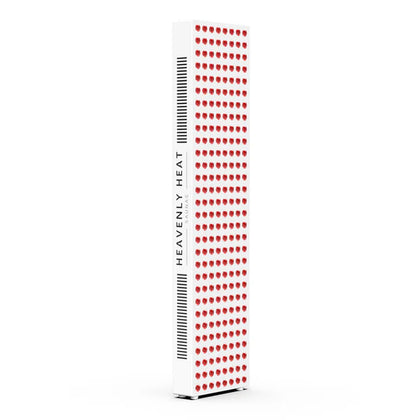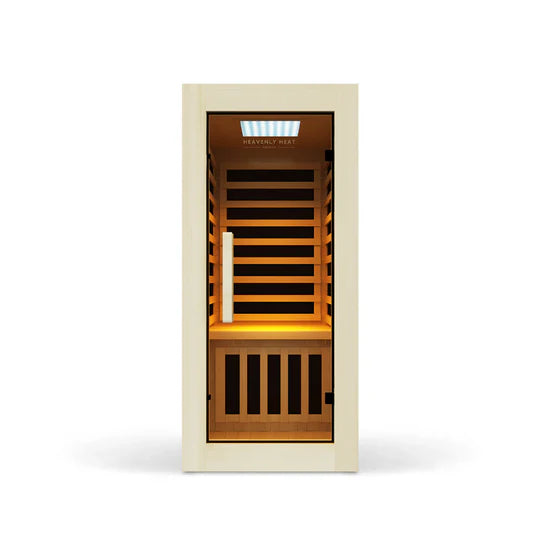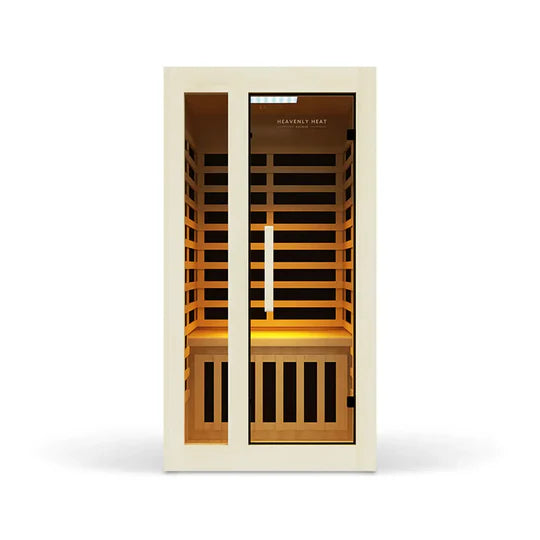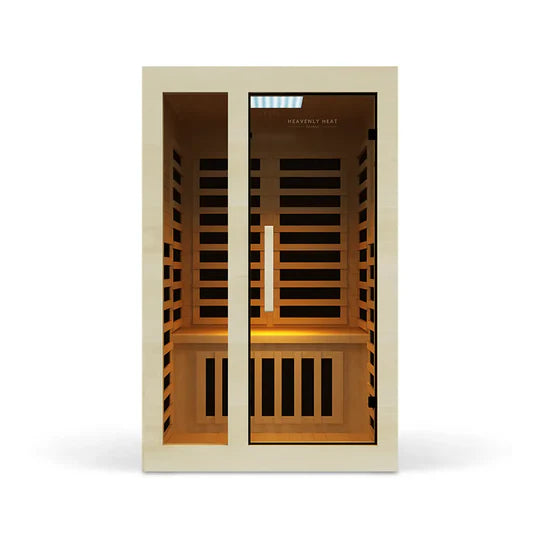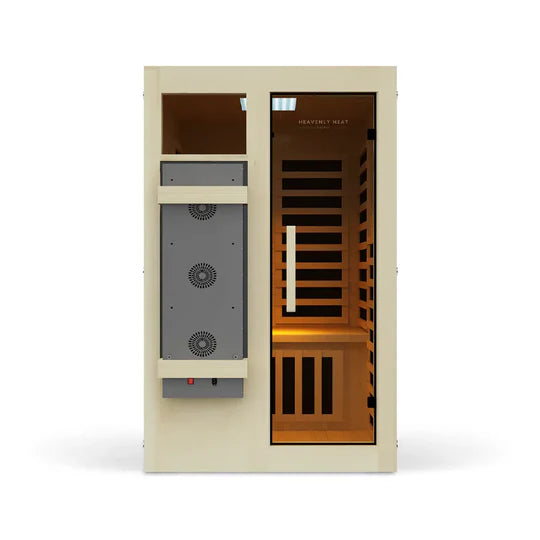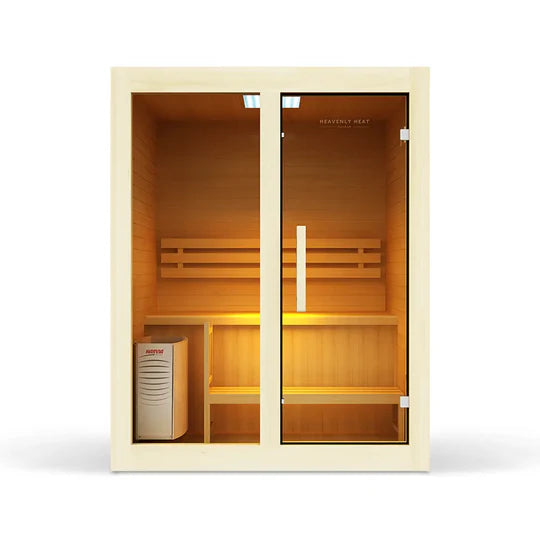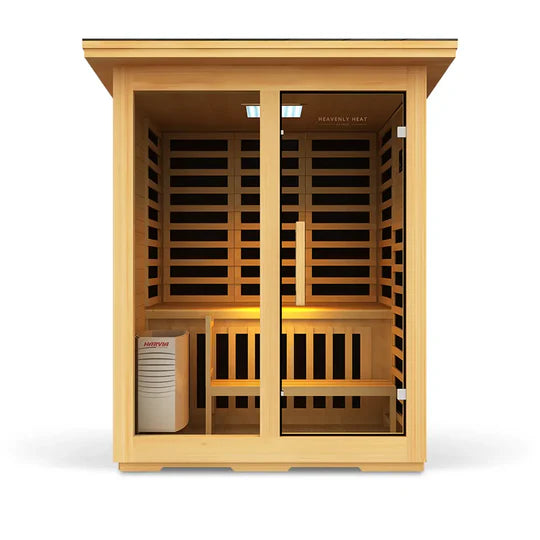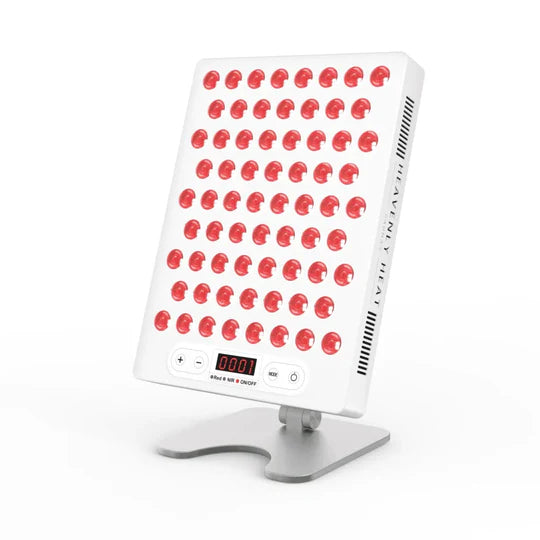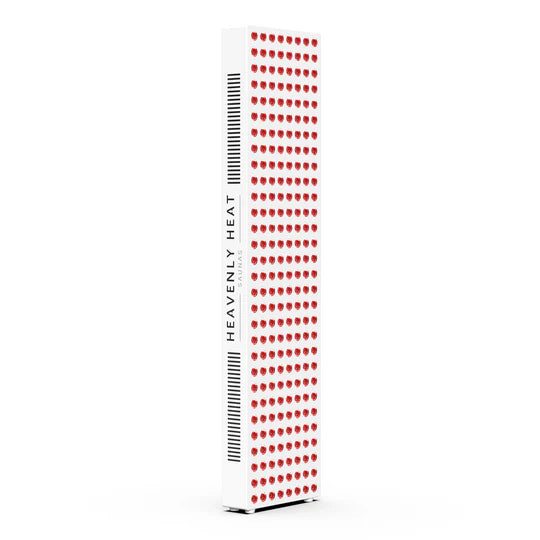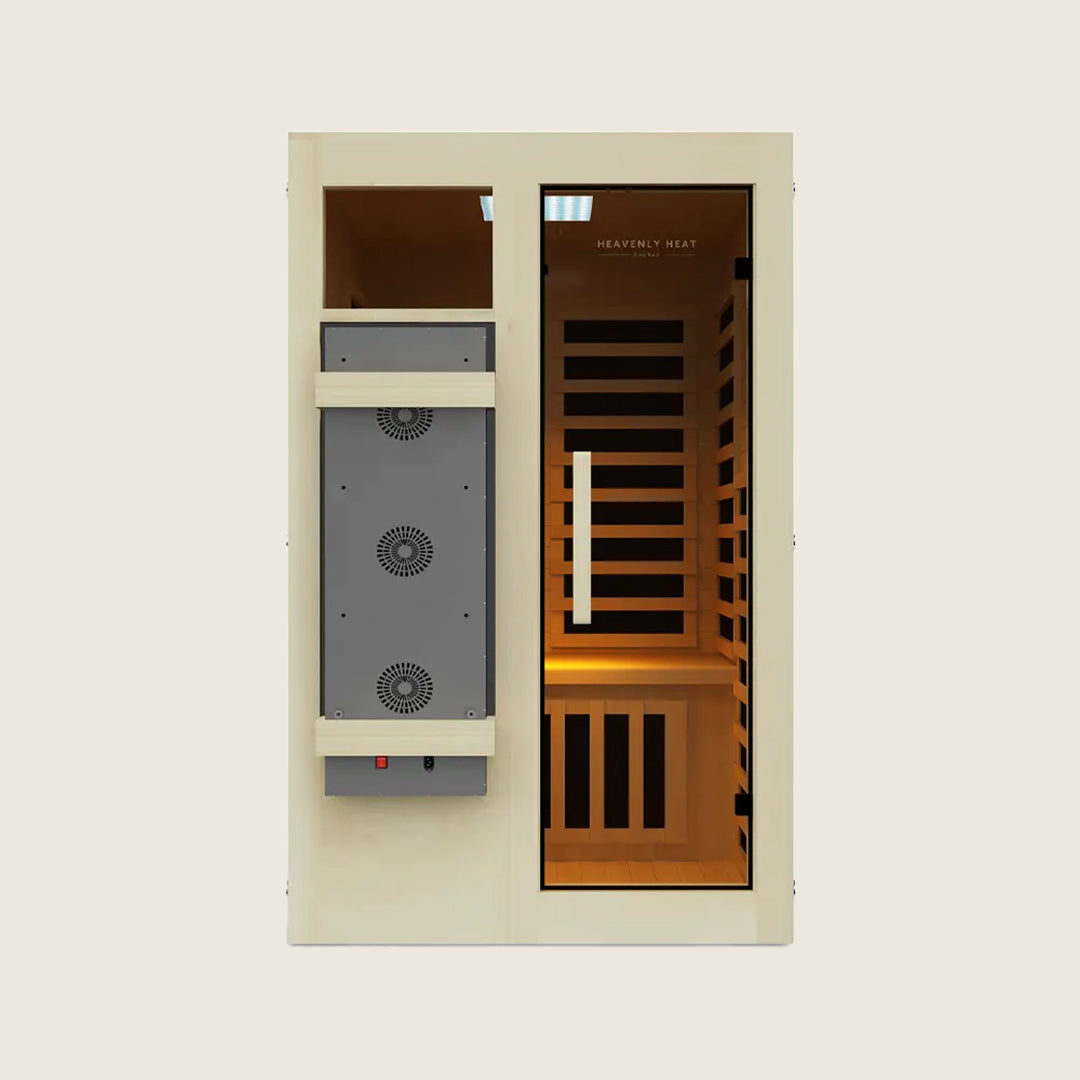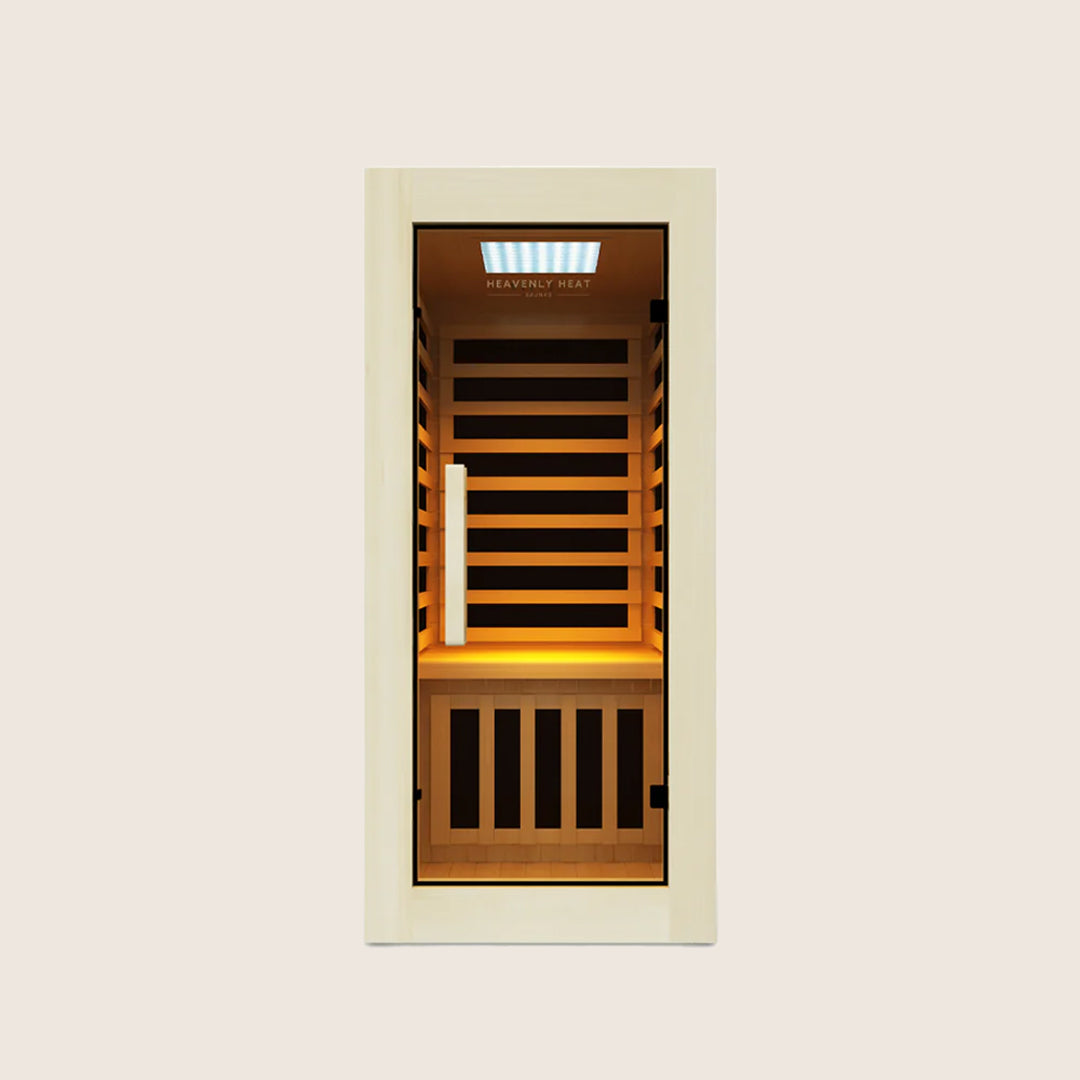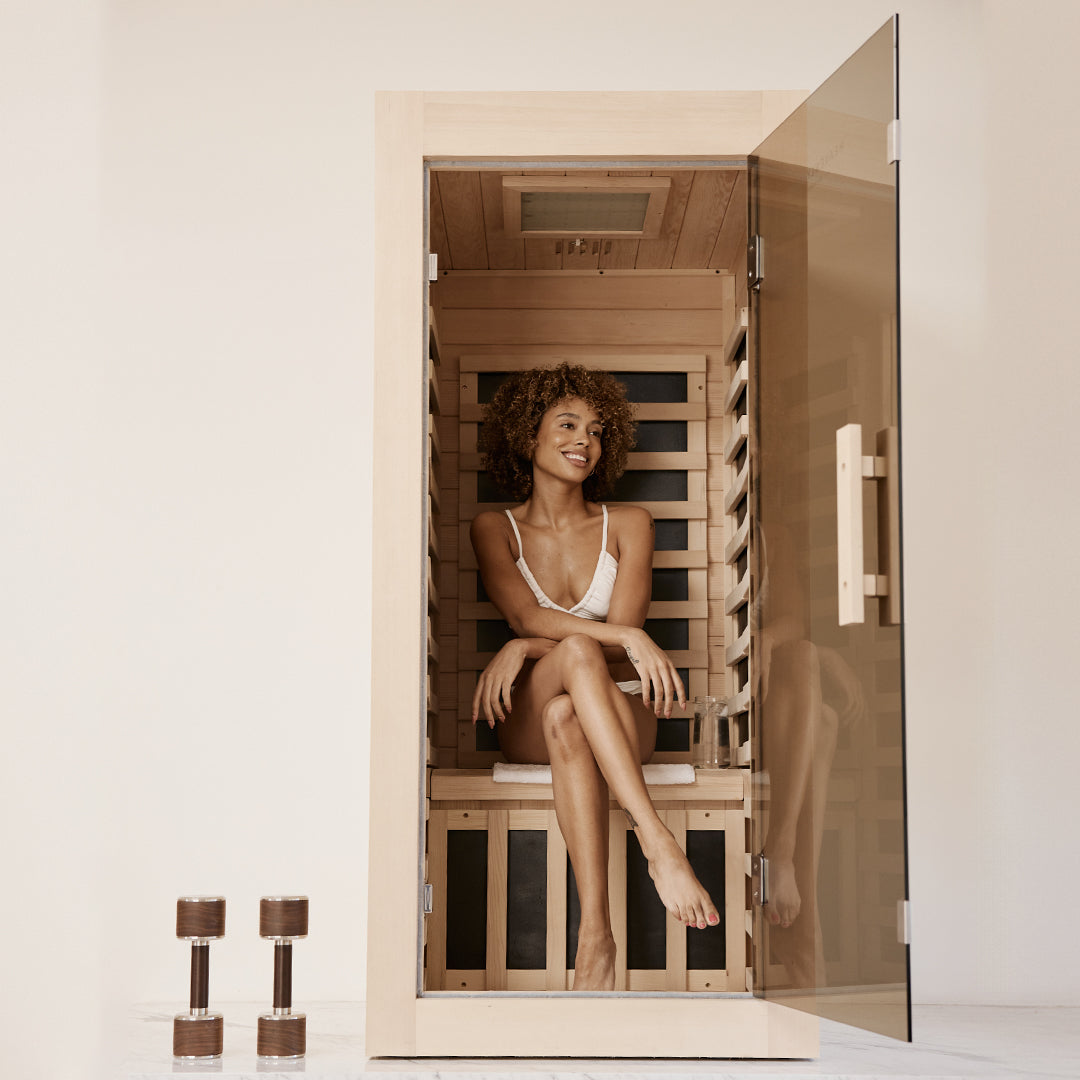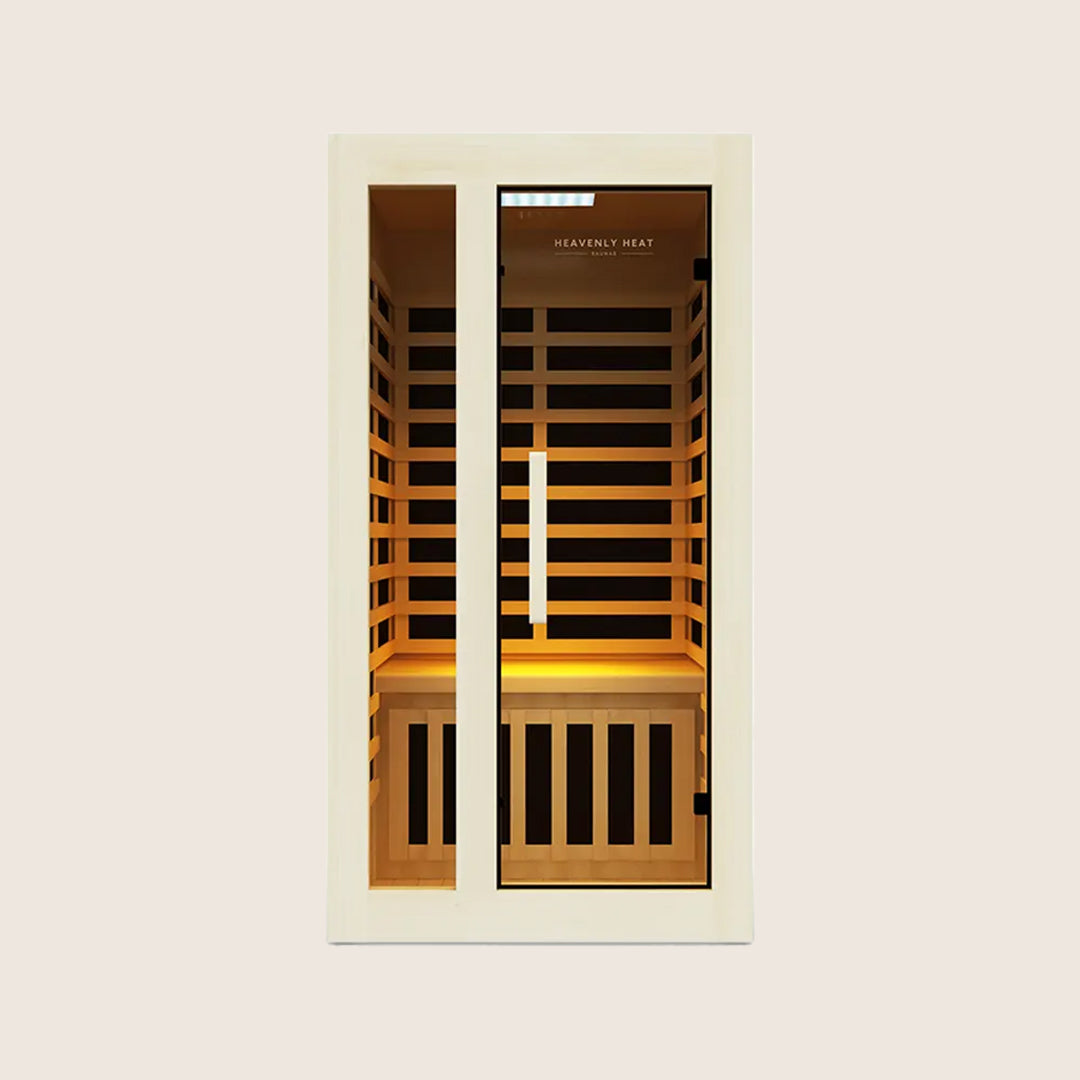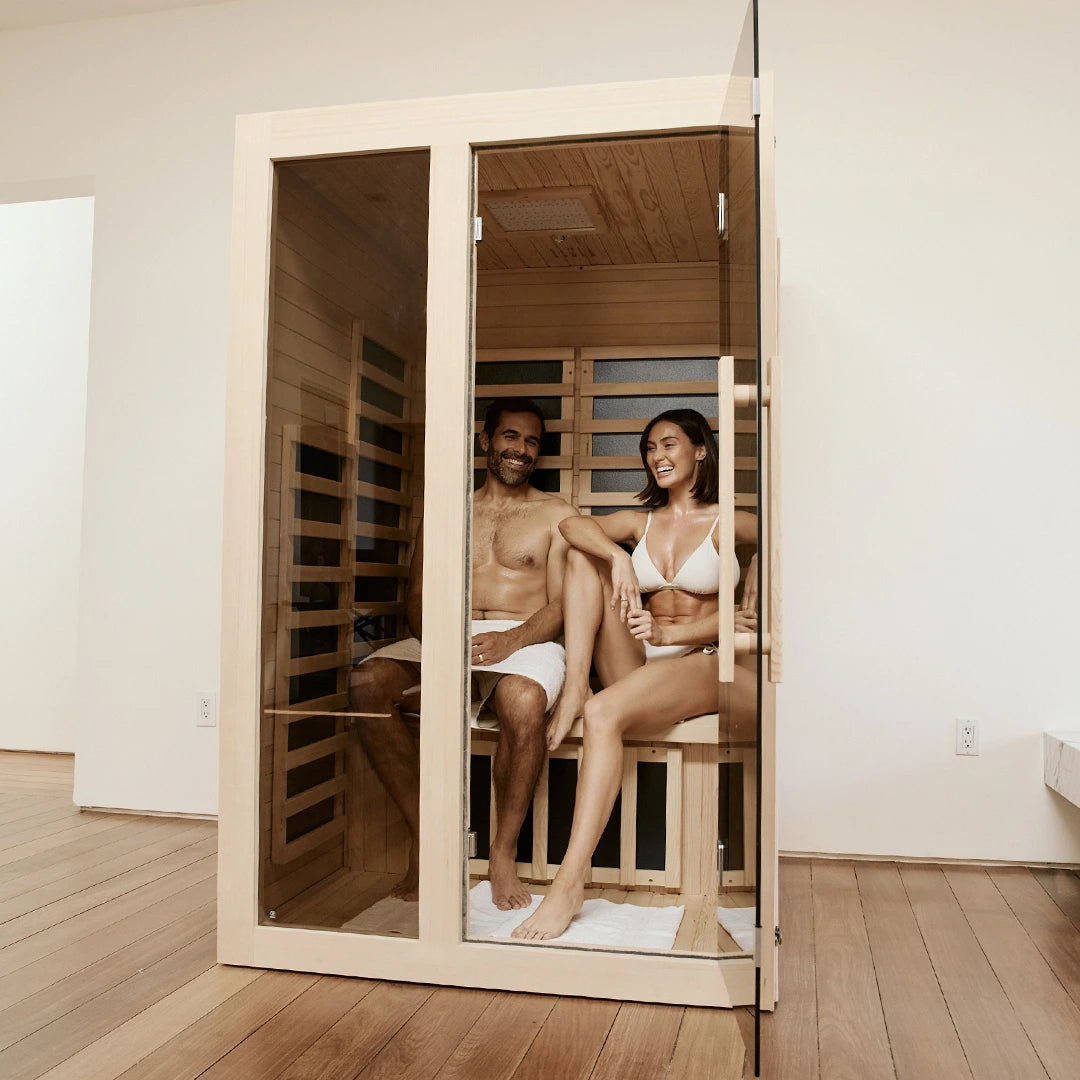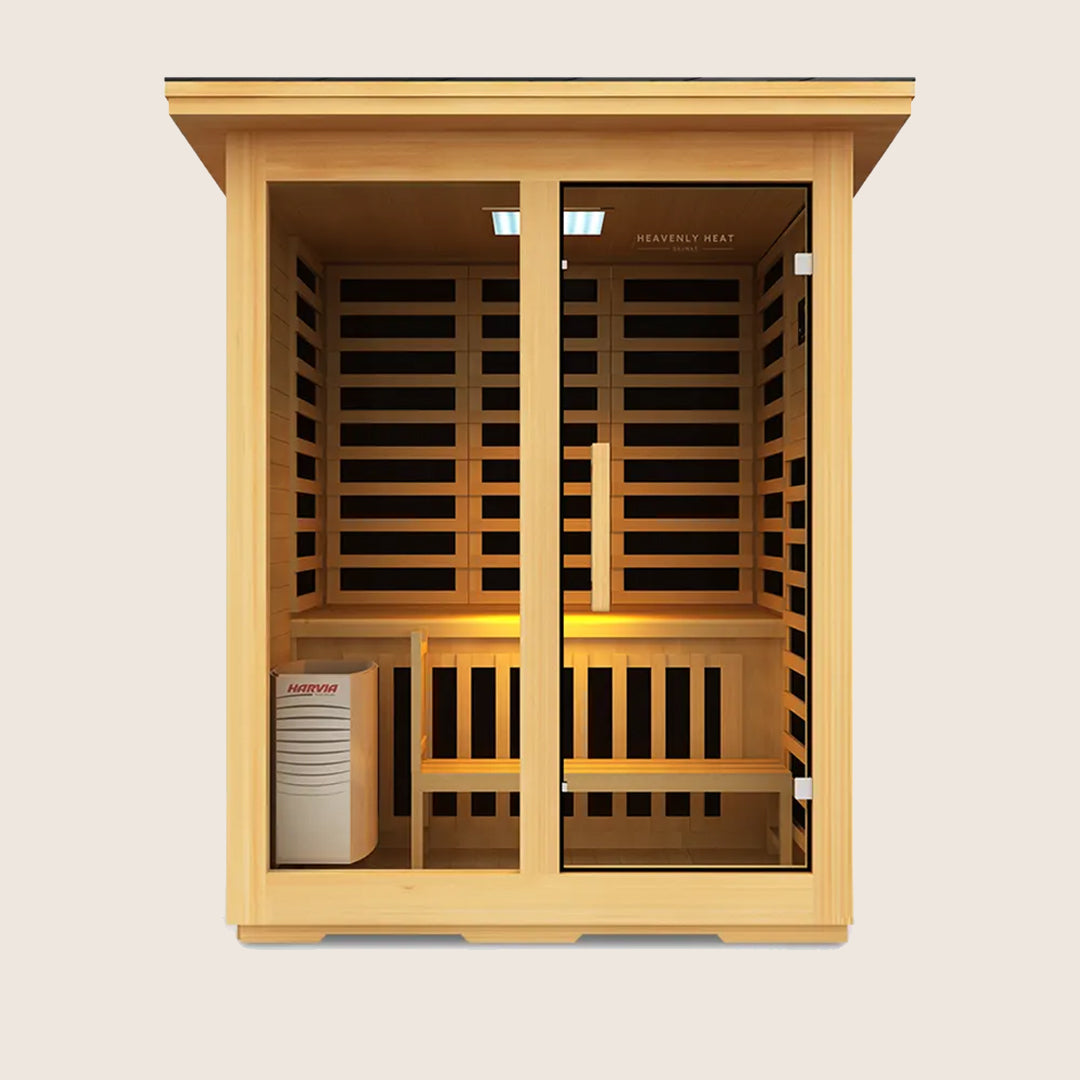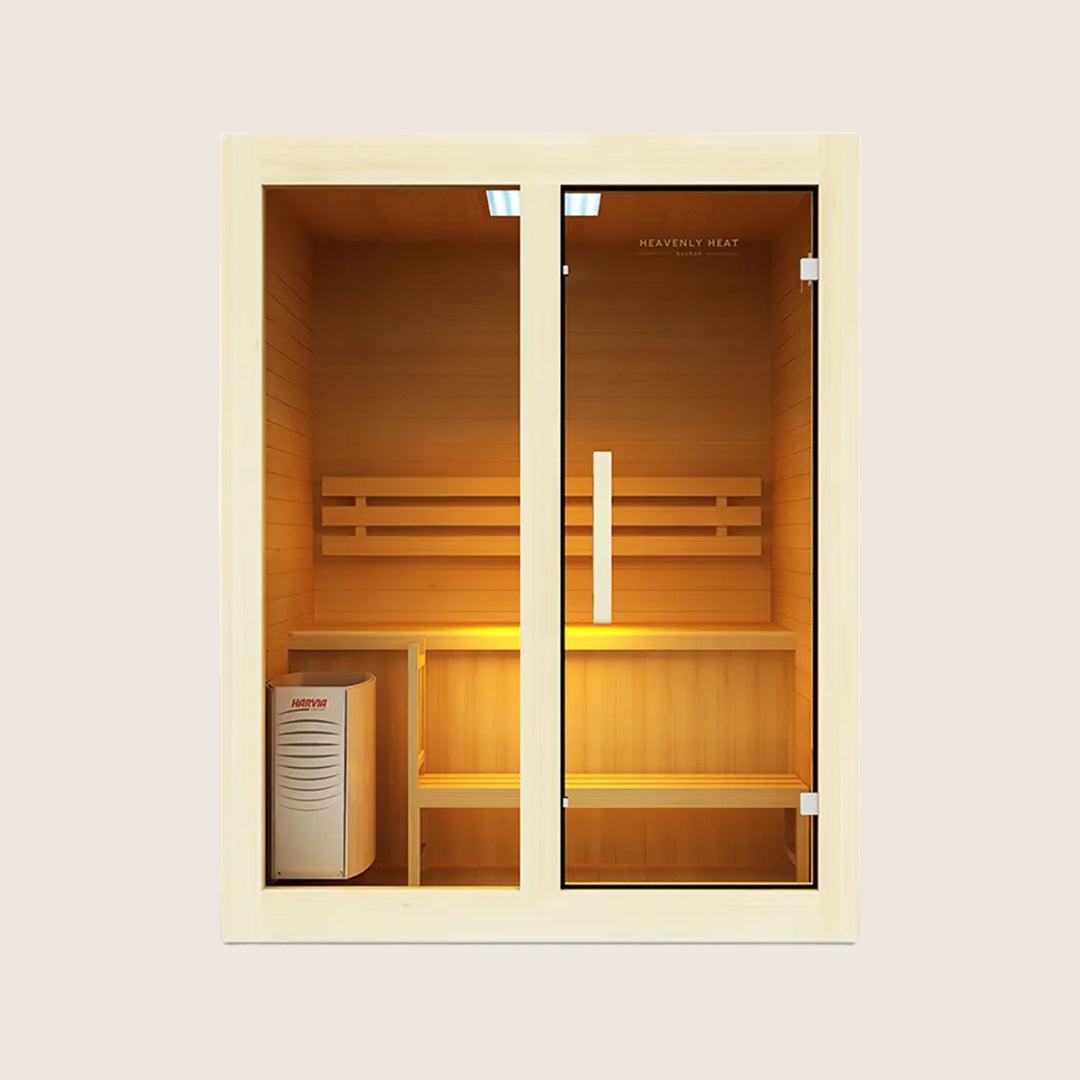How Long Hot Tub Heat Up?

Thinking about soaking in a hot tub but wondering how long it takes to heat up? You’re not alone.
The time it takes can surprise you, and it depends on more than just the heater. Stick around to learn what really affects heating speed and how you can warm it up faster every time.
Table of contents
Key Takeaways
Expect 4–8 Hours of Heating Time: Most hot tubs take this long to reach 100°F–104°F.
Use Covers and Insulation: Trapping heat helps warm your tub faster and saves energy.
Start Smart: Begin with warm water and run jets to speed up heating.
Watch the Weather: Cold air and wind slow things down—shelter your tub if possible.
Know Safe Temps: Stick to 104°F max; lower for kids, pregnant users, or those with health concerns.
How Long Does It Take for a Hot Tub to Heat Up?
A hot tub usually heats up to 100°F–104°F (37°C–40°C) within 4 to 8 hours. The heating time depends on factors like the tub’s size, starting water temperature, insulation quality, and heater power. Efficient models or pre-heated water can reduce this time significantly.
What Temperature Should a Hot Tub Be?
The ideal hot tub temperature for most adults ranges between 98°F and 104°F (37°C to 40°C).
This range offers comfort and relaxation, but personal preference and individual needs, such as health conditions or tolerance to heat, can affect the most suitable temperature for each user.
What Temp Is Too Hot for a Hot Tub?
Hot tub temperatures above 104°F (40°C) are unsafe and can cause overheating, dehydration, and heat-related illnesses.
The U.S. CPSC recommends a maximum of 104°F. Pregnant women, children, and those with health conditions should use lower temperatures and consult a doctor beforehand.
What Is a Good Hot Tub Temperature for Kids?
For kids, the hot tub temperature should be 95°F (35°C) or lower to prevent overheating and dehydration.
Limit soak times to 5–15 minutes, ensure constant supervision, and avoid use for children under 5. Always keep them hydrated and consult a pediatrician if unsure.
What Is the Maximum Temperature a Hot Tub Can Reach?
The maximum safe temperature for a hot tub is 104°F (40°C), as recommended by the U.S. Consumer Product Safety Commission.
Most users find 100°F to 102°F more comfortable. Ideal temperature depends on personal preference, health conditions, and seasonal changes like warmer or colder weather.
What Affects How Long a Hot Tub Takes to Heat Up?
-
Initial Water Temperature: If you're starting with cold water, it will take longer to heat up than if the water is already warm.
-
Outside Air Temperature and Weather Conditions: Cold or windy weather can slow down the heating process by drawing heat away from the hot tub.
-
Hot Tub Size and Water Volume: Larger hot tubs with more water take longer to heat compared to smaller ones.
-
Heater Power and Efficiency: A powerful and efficient heater will warm the water faster than a weak or outdated one.
-
Insulation Quality of the Hot Tub: Good insulation helps trap heat inside the tub, speeding up heating time and reducing heat loss.
-
Hot Tub Cover Usage: Using a cover while heating keeps warmth in and cold air out, making the process faster.
-
Frequency of Use and Heat Retention Between Sessions: Regular use helps maintain a steady temperature, so less energy and time are needed to reheat.
How Long Does It Take to Heat a Hot Tub in Winter?
In winter, heating a hot tub can take 4 to 12 hours, depending on tub size, heater power, starting water temperature, and outdoor temperature.
Most tubs heat 5°F–10°F per hour. Using insulation, covers, and pre-heating systems can significantly speed up the process.
How Can I Speed Up the Time It Takes for My Hot Tub to Heat Up?
To heat your hot tub faster, keep the cover on, use a thermal blanket, and check insulation for gaps.
Place the tub in a sheltered spot, start with warm water, run the jets, and avoid letting it cool completely between uses to save time and energy.
What Hot Tub Components Help It Heat Up Faster?
Key components that help a hot tub heat up faster include strong insulation, a high-wattage heater, and efficient jets for water circulation.
Insulated covers reduce heat loss, while jets and circulation systems distribute heat evenly. Warmer starting water and ambient temperatures also improve heating speed.
What Kind of Cover Helps a Hot Tub Heat Up Faster?
A high-quality, well-insulated hot tub cover with high-density foam, secure clips, and tapered edges helps heat the tub faster by minimizing heat loss.
Features like a floating thermal blanket and a snug fit enhance insulation. EPS foam and high R-value improve heat retention.

How Do I Know if My Hot Tub Heater Is Working Efficiently?
-
Normal Heating Time: Your hot tub should heat up within the expected time frame (usually 4–8 hours). If it takes much longer, your heater may not be working efficiently.
-
Consistent Water Temperature: The water should stay at your set temperature without big drops. Fluctuating temps could point to a heater issue.
-
Reasonable Energy Consumption: A properly working heater won’t cause sudden spikes in your energy bills. Unusually high costs might mean it’s working too hard.
-
Fast Recovery Time: After you use the tub or add fresh water, the heater should return the temperature to your desired setting fairly quickly.
-
No Strange Noises: The heater should run quietly. Clicking, grinding, or humming noises may signal a problem with the unit.
-
Clean and Clear Filter System: Dirty filters can force the heater to overwork. If your filters are clean and the water flows well, it helps the heater work efficiently.
-
No Visible Corrosion or Scale: Check the heater and surrounding parts for rust or mineral build-up. These can reduce performance and damage the system over time.
Can You Heat a Hot Tub with Solar Panels?
Yes, you can heat a hot tub with solar panels using either solar thermal collectors that directly heat water or photovoltaic (PV) panels that generate electricity to power the heater.
Solar thermal is efficient for water heating, while PV offers flexibility but usually costs more upfront.
How Do I Reduce the Cost of Heating a Hot Tub?
To reduce hot tub heating costs, use a well-insulated, snug-fitting cover and a floating thermal blanket.
Lower the temperature when not in use, keep filters clean, and insulate the shell and base. A sheltered location and energy-efficient heater also help minimize energy use.
Should I Leave My Hot Tub Running at All Times?
It's best to keep your hot tub running continuously. Maintaining a set temperature is more energy-efficient than reheating from cold.
Constant operation also ensures water circulation, preventing bacteria buildup, and keeps the tub ready for use. Overall, it saves energy, improves hygiene, and simplifies maintenance.


